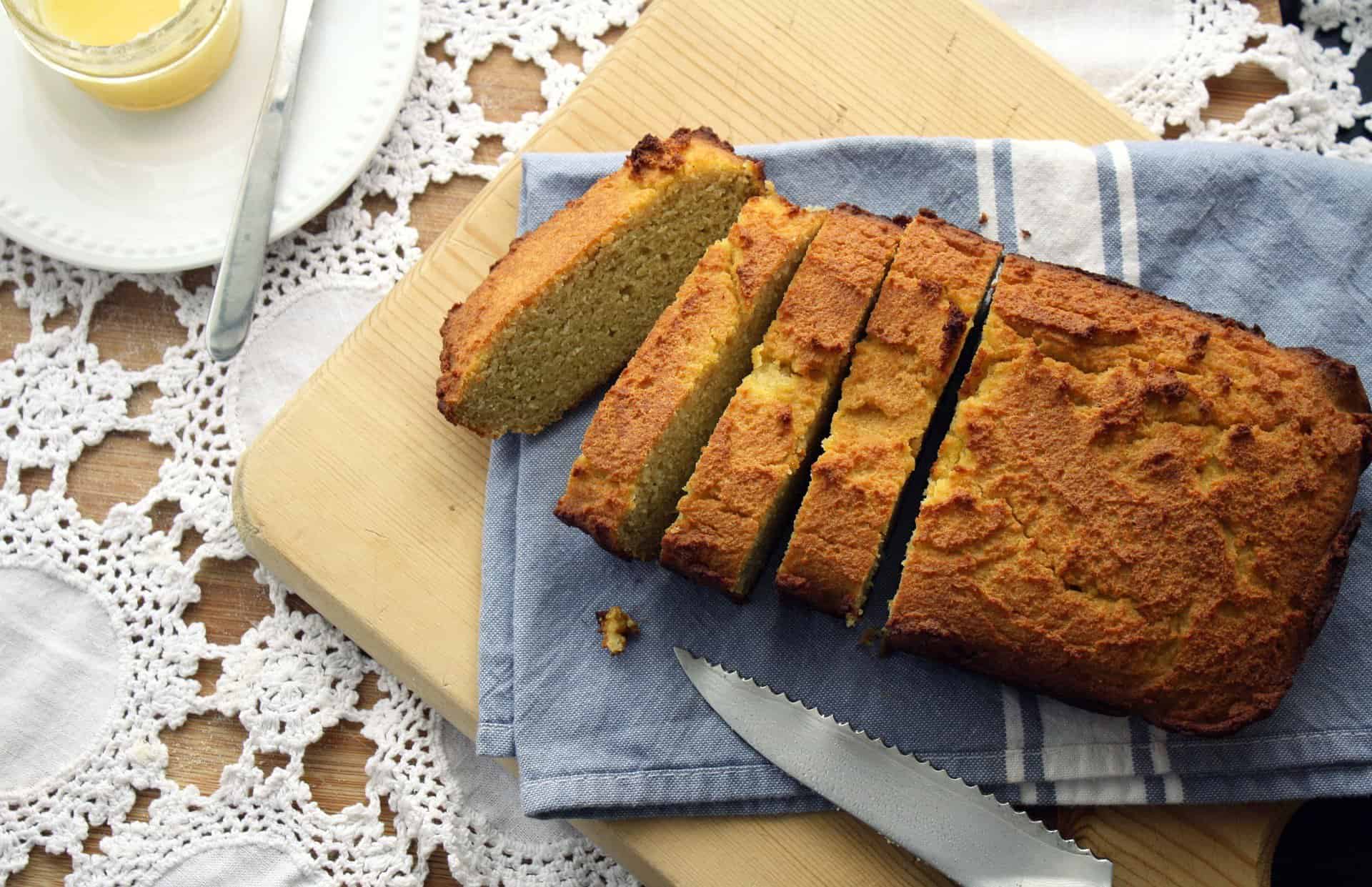Recipe revamp: make it gluten-free

You’re finding that nothing seems to work for you ever since you decided to remove gluten from your diet, whatever the reason. Whether on a trendy food blog, flipping through the family cookbook, or when your friend writes down their favorite recipe, you keep running into the same issue: all of these recipes call for something gluten-based, and you can’t eat foods containing wheat, barley, rye, or their derivatives. So what do you do?
Never fear!! Many recipes can be modified to suit dietary restrictions, and it’s not as hard as it may seem.
If you are…
- overwhelmed with trying to cook gluten-free
- missing certain recipes and not sure how to make them gluten-free
- trying to cook for someone else who is gluten-free and having a hard time
- hesitant to try a new recipe that doesn’t specifically state that it’s gluten-free
…then these tips are for you!
Soup/Sauces
The texture of a thick, hearty soup is often achieved by adding flour during the cooking process. Gravies also typically start with a roux (butter and flour mixture) that adds that desired texture to the finished product. A good workaround when making these recipes from scratch is using potato, corn, or tapioca starch in a 1:2 ratio to the recommended amount of flour (if the recipe calls for 1/2c flour, use 1/4c corn starch, for example). Easy peasy!
- Try this easy, low-fat, gluten-free alfredo sauce
- This gluten & dairy free cream of mushroom soup is a delight, and a great alternative to canned
Bread/Baking
Baking is an art, and gluten-free baking is in a class of its own. Many recipes can be modified with a little knowledge and practice by subbing gluten-free flours for wheat flour. It just takes a bit of research! Nowadays it isn’t hard to locate an all-purpose flour blend that is gluten-free (typically a blend of rice flour, potato starch, garbanzo bean flour, tapioca flour, etc). These components are also available to purchase separately, and if you are a bit of a go-getter, you can make your own gluten-free flour blend at home that will work wonders in many baked goods recipes!
- For the DIY type: gluten-free flour blend
With bread specifically, the substitution solution is, sadly, not as straightforward. Gluten is what gives bread that characteristic fluff and bounce we know and love, and attempting to simply sub out the flour usually yields a dense, crumbly mess. Fortunately, there ARE some really delicious gluten-free breads that are easy to whip up at home, and the recipes are pretty beginner-friendly!
- Sandwich bread is a staple: try this soft, gluten-free sandwich bread recipe
- If you’re craving some fluffy gluten-free dinner rolls, this recipe is unmatched
Pasta
Finding a good pasta substitute on supermarket shelves has gotten immensely easier in recent years due to a gluten-free diet becoming more mainstream. Cooking gluten-free pasta from a package is almost exactly the same as cooking regular pasta. The differences are minor, but overcooking it could lead to a bowl of mush. Be sure to keep it al dente, and after your rice/bean/quinoa/etc noodles are done, strain them immediately and rinse with cold water to prevent clumpiness. There are gluten-free versions of spaghetti, linguine, fusilli, lasagna, elbow noodles – you name it! Pick your poison and substitute away. All that’s left is making sure your sauce is gluten-free (see above). *Extra tip: using thinly sliced zucchini is a green way to go above and beyond subbing out traditional lasagna noodles for a gluten-free option! Yay green foods!
Other tips
- There are easy swaps for many of your beloved gluten-containing foods. Here are just a few more tips, but don’t limit yourself! Let your imagination roam, and don’t be afraid to get creative in the kitchen.
- Breadcrumbs: finely ground nuts (macadamia, walnut, almond, etc), or try ground oats if nuts are a no-go
- Tortillas: opt for soft or hard corn-based tortillas
- Crackers: flax, millet, & rice crackers are plentiful on the shelves, keep an eye out
Making any dietary change is difficult while you learn the ropes, and it can be easy to feel alienated when recipes don’t cater to your lifestyle. Learning to adapt requires time, patience, experimentation, and positivity. You’ve got this!

